
Our Conservation Work Wild Place Project
Accessibility Help More than 1,000 Desertas wolf spiderlings have hatched at Bristol Zoo - the first time the rare spider has been bred in captivity. Bristol Zoo has joined with Instituto das.

Desertas Wolf Spider ZooChat
The Desertas wolf spider : conservation strategy 2016-2022 Authors: Cardoso, Pedro, Bushell, Mark, Price, Mark R. Stanley, Year: 2016 Go to Full Library Record More Info Themes: Biodiversity Topics: Species conservation science, Species conservation action Related content Grey literature | 2023
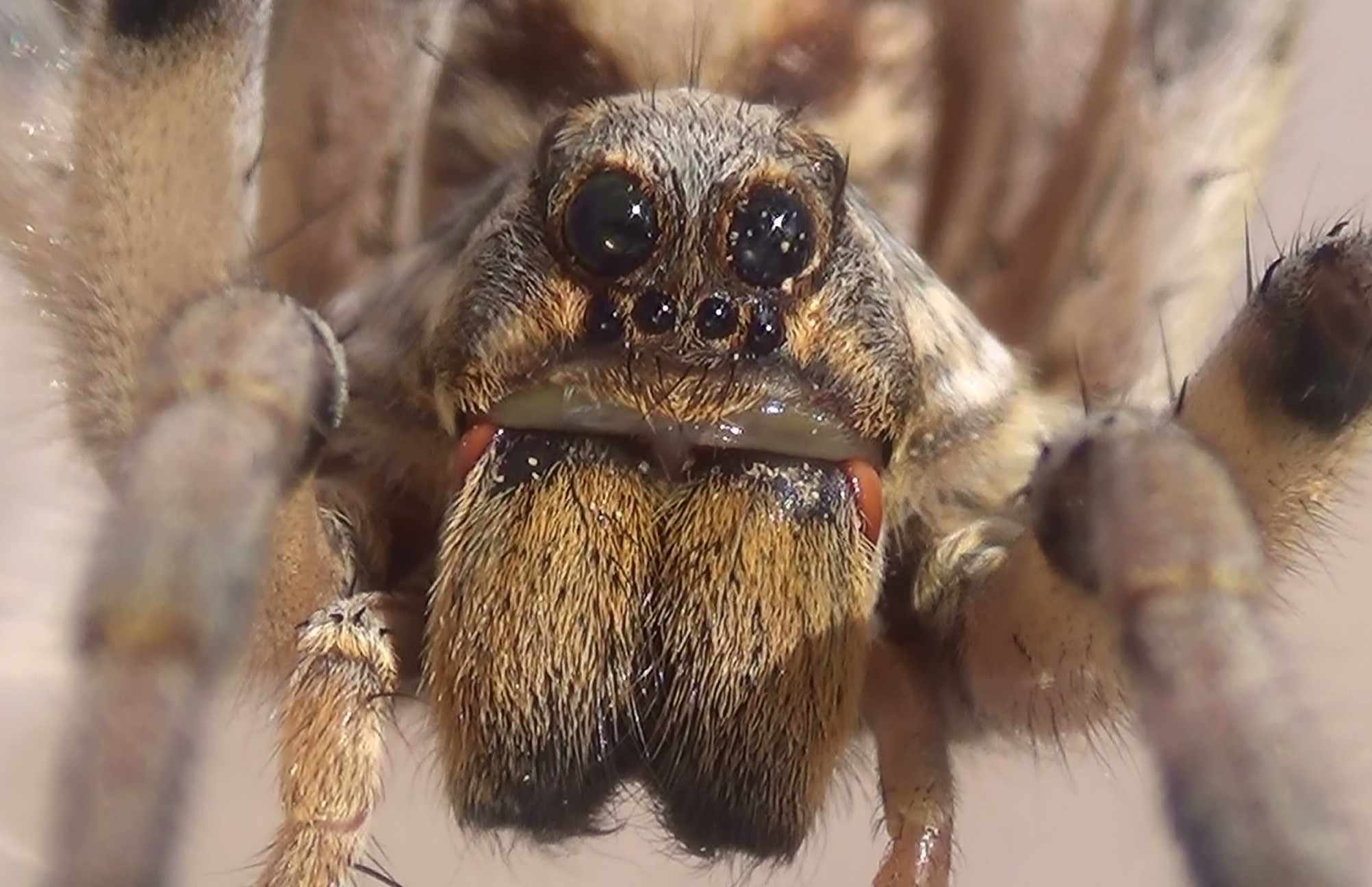
Desert Wolf Spider & Her Home Hogna carolinensis
The Desertas Islands (Madeira, Portugal) are the sole home of one of the largest and rarest wolf spider species worldwide, Hogna ingens (Blackwall, 1857) (Araneae, Lycosidae). Despite its size, it inhabits a single valley in the north of the Deserta Grande Island, Vale da Castanheira, currently invaded by the non-native grass Phalaris aquatica.

Zoological Society of London reveals breeding success for rare spider species Jersey Evening Post
A 12 cm leg span of spider staring at me with big dark eyes. Hogna ingens population is suffering, and it's very strange for an Arthropod. Such confined territory is taking its toll, because of the human intervention in the past is causing a really worrying habitat loss. At first rabbits and goats were introduced, and they have started to eat.

The Science Questionnaire
Programme roles • Population restoration Restore the ecosystem and re-stock the population over the next 5-7 years to reintroduce a portion of the captive population depending on how the ecosystem restoration goes. • Insurance population Given its an endemic species with limited habitat, default is in this case to insurance the population.
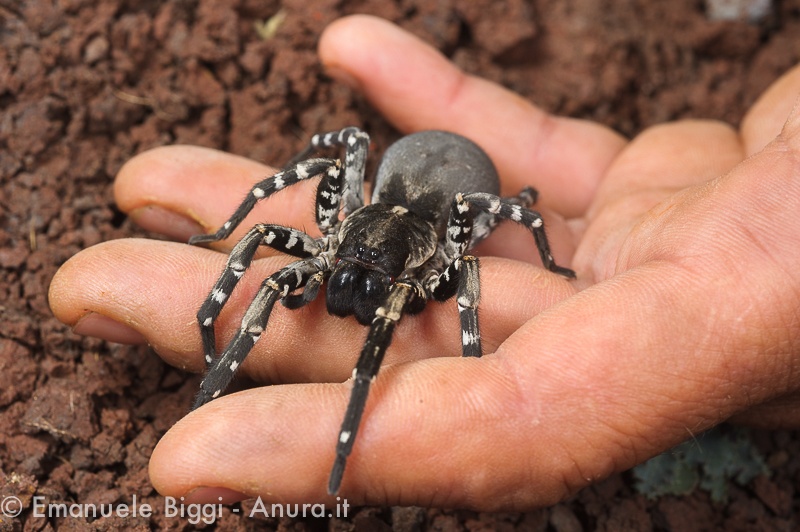
Meet Hogna Ingens aka Desertas Wolf Spider Ocean Retreat
The Desertas wolf spider : conservation strategy 2016-2022 . Complete Title: The Desertas wolf spider : conservation strategy 2016-2022. IUCN Grey Literature. Author(s): Cardoso, Pedro; Bushell, Mark; Price, Mark R. Stanley; Organization(s): IUCN Species Survival Commission (SSC)

Desertas Wolf Spider Rearing and Reintroduction The Deep
Common name(s) - Desertas Wolf Spider 1.2 Morphology • Weight: Not known at this time. • Leg-span: Large females can attain a span of 120mm (Bushell, pers. obvs. 2016), but generally the species at maturity is between 70-80mm. New hatched spiderlings are 4-5mm leg-span

Desertas Wolf Spider (Hogna ingens) 27/12/2018 ZooChat
Scientific Name: Lycosidae spp. Type: Invertebrates Diet: Insectivore Group Name: Cluster or Clutter Average Life Span: 1 year, rarely up to 18 months Size: Species range from 0.24 to 1.2 inches.

Wolf Spider BREEDING Success BCA Zoo
The ultimate lovely legs competition: the world's nine most beautiful spiders This burrow-dwelling, blue-legged tarantula is turning heads - and there are plenty of other charismatic eight-legged.
/arc-anglerfish-arc2-prod-expressandstar-mna.s3.amazonaws.com/public/4V2QYBAKVZET7CTLEKGOA5TIPI.jpg)
Zoological Society of London reveals breeding success for rare spider species Express & Star
The Desertas wolf spider Hogna ingens, endemic to Desertas Grande in Madeira, relies on burrows under rocks and crevices for protection. Studies at Bristol and Whipsnade Zoos investigated.

Rare baby Desertas wolf spiders hatch at Bristol Zoo BBC News
The Desertas wolf spider ( Hogna ingens) from Deserta Grande Island in the Atlantic Ocean is one of the largest wolf spiders and has a leg span of 4.7 inches (12 cm), according to the Bristol.

Desertas Wolf Spider ZooChat
The Desertas Islands (Madeira, Portugal) are the sole home of one of the largest and rarest wolf spider species, Hogna ingens (Blackwall 1857) (Araneae, Lycosidae). Despite its size, it inhabits a single valley in the North of the Deserta Grande Island, Vale da Castanheira, currently invaded by the herb Phalaris aquatica.This invasive species competes with the native flora and was subject to.
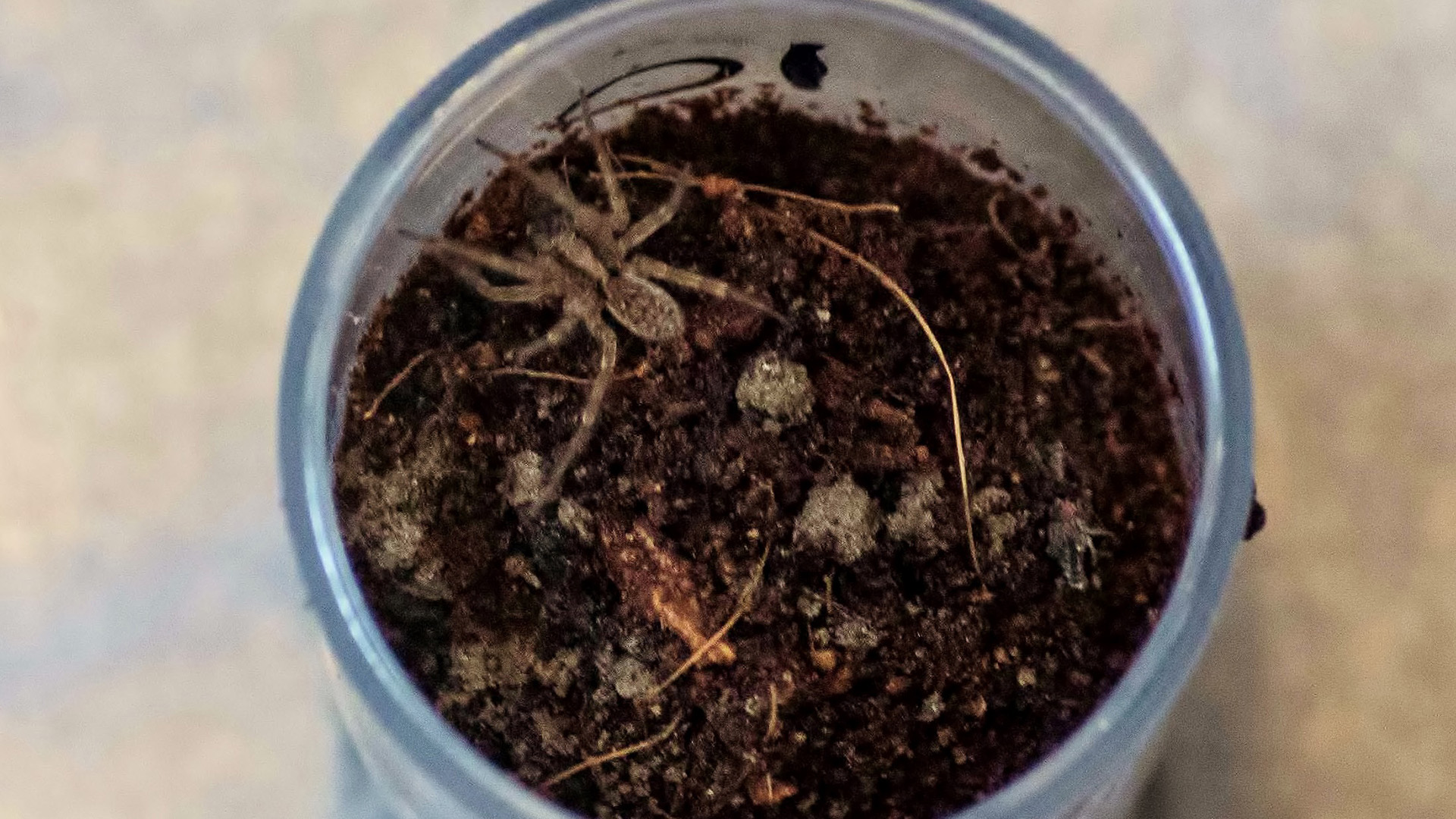
Rare Desertas wolf spider embrace a 'baby boom' in UK CGTN
The Desertas giant wolf spider, H. ingens, is listed as "Critically Endangered" on the IUCN Red List of Threatened Species due to its narrow distribution range and the fact that the native.
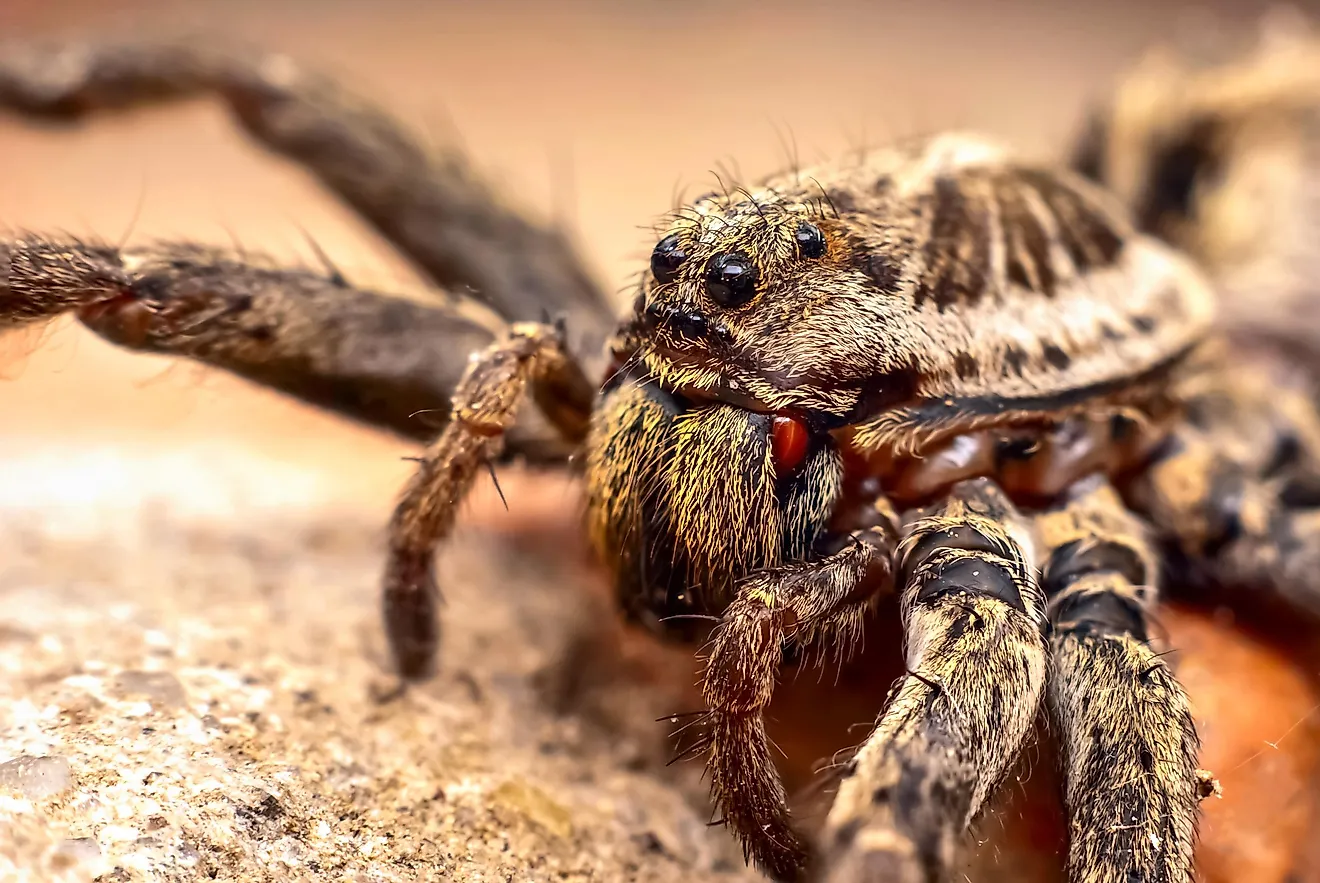
The Deadliest Spiders in the World WorldAtlas
The Desertas wolf spider (Tarântula das Desertas) Hogna ingens from Vale da Castanheira, Desertas Islands, Madeira, Portugal was described in 1857 by John Blackwall (1857). Despite having an impressive 40mm body size, very little is known about this species (Crespo et al.
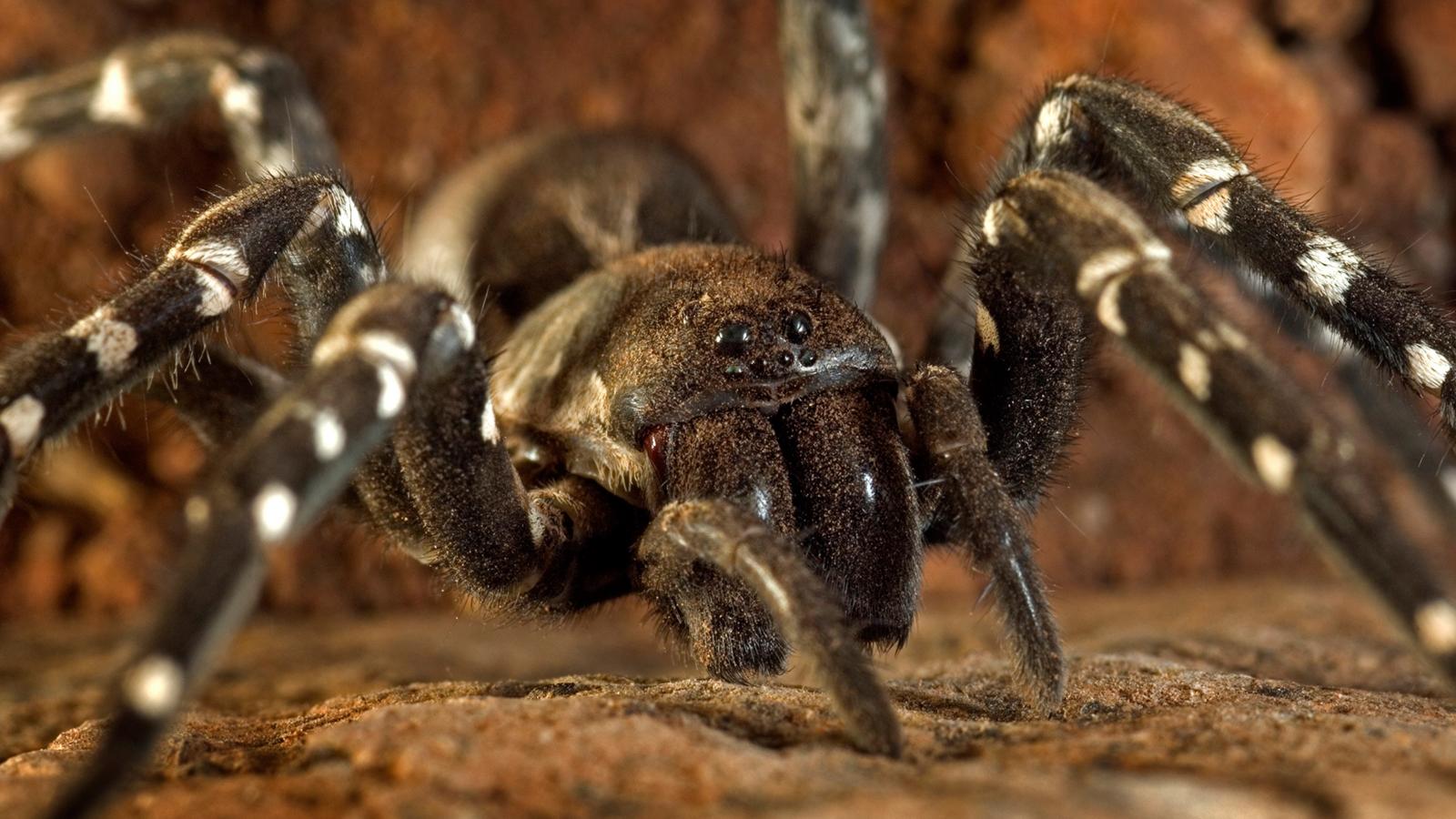
The world’s largest spider is the size of a dinner plate The Muslim Times
The Desertas wolf spider Hogna ingens, endemic to Desertas Grande in Madeira, relies on burrows under rocks and crevices for protection. Studies at Bristol and Whipsnade Zoos investigated substrate preferences and various physical aspects of the environment that might promote burrowing behaviour. It is important that habitat preferences are understood for both captive husbandry and for future.
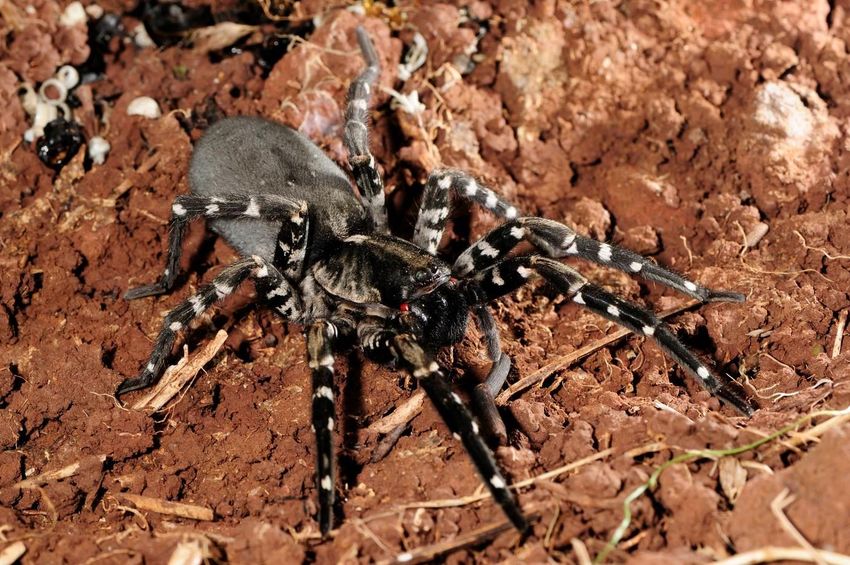
The Desertas Wolf Spider Conservation Strategy 20162022 Edited by Pedro Cardoso, Mark Bushell
The Desertas Wolf Spider has a legspan of up to 13 centimeters and a body of around 4 centimeters. It is Europe's largest spider. Hogna Ingens is easily recognizable thanks to the white poke-dots on the legs. Unfortunately, Hogna Ingens is also one of the world's rarest species with only about 4000 specimens living in the wild.